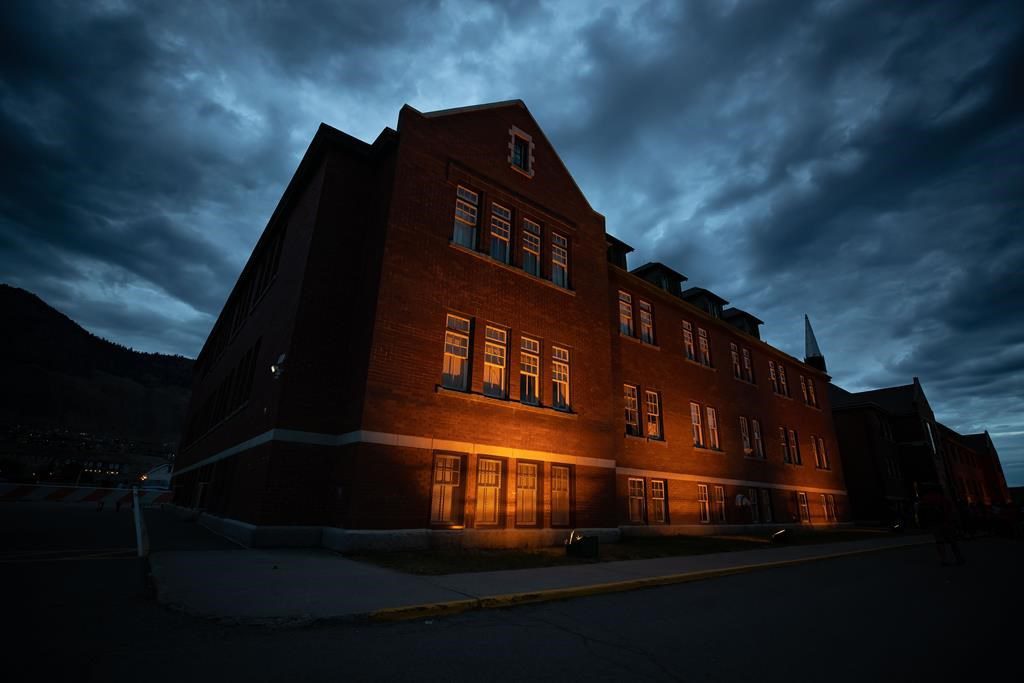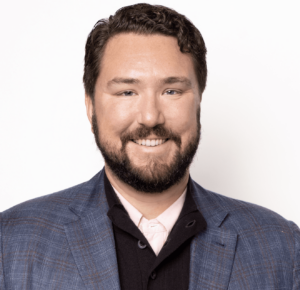In my third year at the University of Toronto, I remember sitting in a small lecture hall at Emmanuel College for a Canadian poetry course. There, I discovered words that have stayed with me, from an aptly named poem called “Can. Lit”, written by Earle Birney. I turned to my old copy of a Margaret Atwood-edited anthology to read his final lines today: “it’s only by our lack of ghosts / we’re haunted”.
I’ve always been fascinated by these words, tying them into William Lyon Mackenzie King’s quip that if some countries have too much history, Canada “has too much geography”. A theme of Canadian literature is that our environment is not necessarily a menace, but its emptiness, its vastness, its cold and unforgiving nature are threats that can infect the mind.
It’s only by our lack of ghosts we’re haunted.
I think more accurately, it’s only by our deliberate refusal to see the truth about the ghosts we murdered. Across the quad from that lecture hall, a gateway arch reads “THE TRUTH SHALL MAKE YOU FREE”.
We need to speak the truth more frankly than ever, to refuse to look away.
The truth is Canada committed genocide. The systematic erasure of Indigenous culture and language was deliberate. Government policy infamously sought to “kill the Indian in the child”. We knew children ran away from residential schools and perished in the cold wilderness.
Now we also all know that their little bodies were buried in mass graves behind the school yard. But we’ve always known this. People knew it at the time. The reports written over the years, including the Truth and Reconciliation Commission’s, say there are more mass graves out there. Probably 4000 or more children’s bodies are hidden away underground, taken out back like refuse by the nuns, priests, bureaucrats and caretakers who ran residential schools.
Michael de Adder drew a comic this week that nailed the point better than words: a schoolhouse façade, a concentration camp behind it.
We often wonder how the guards left work and returned for suppertime in 1940s Poland, Czechia, Germany; now, we should equally wonder about the Canadians who finished burying bodies and then went to their child’s hockey game in Kamloops, Sault Ste Marie, The Pas – Canadian towns like yours and mine, within many of our lifetimes.
Intergenerational trauma has been talked about, the impact felt by the generations raised by parents who had suffered such profound abuse, physical and sexual assault, neglect, isolation, the suppression of language and culture, forcible removal from family. Now we need to also expand that term to mean the families who were left wondering where their daughter had gone, never having closure, the stuff of the traumatic scenes on mystery and cop TV shows.
The outpouring of grief this week, the evocative images of little shows at town halls, of teddy bears at the flame on Parliament Hill can make us choke up.
But it’s action we need.
An end, once and for all, to the intergenerational government policy that Indigenous peoples should be second-class citizens on their own land. If North York had a boil-water advisory, it would be a scandal if it wasn’t fixed in days. First Nations reserves live with boil-water advisories for decades, to this day. Fix that. Improve education, with Indigenous educators forming curricula, with schools built by Indigenous contractors on their land. Reform the curriculum for everyone else to teach our real legacy. Continue nascent efforts to impede Aboriginal law into our systems. Recognize that Canada has not only always been multicultural, but also multinational.
Ensure Indigenous Canadians are empowered and supported to lead the change their communities need themselves. That’s an imperative of reconciliation: reclaiming power and agency. A number of years ago, a colleague accused me of not having “done the work” to understand Indigenous issues. I didn’t say so at the time — (and why defend myself by saying that I’d been interested, if that’s the right word, since I was a child in these issues, I’d made a small contribution in the education sphere of influence I had at the time, what does that prove) — but the reality is none of us have done enough, and the real work we need to do as settlers is to amplify and ally with Indigenous peoples themselves, to empower them to lead the solutions they champion.
This week, America confronted the legacy of the race massacre in Tulsa, the war-like destruction of Black Wall Street in Greenwood, Oklahoma. Both our countries have original sins we must confront, and fix.
We are not haunted by our lack of ghosts; we are haunted by trying to bury them, rather than atoning for who killed the children. Because we did.






